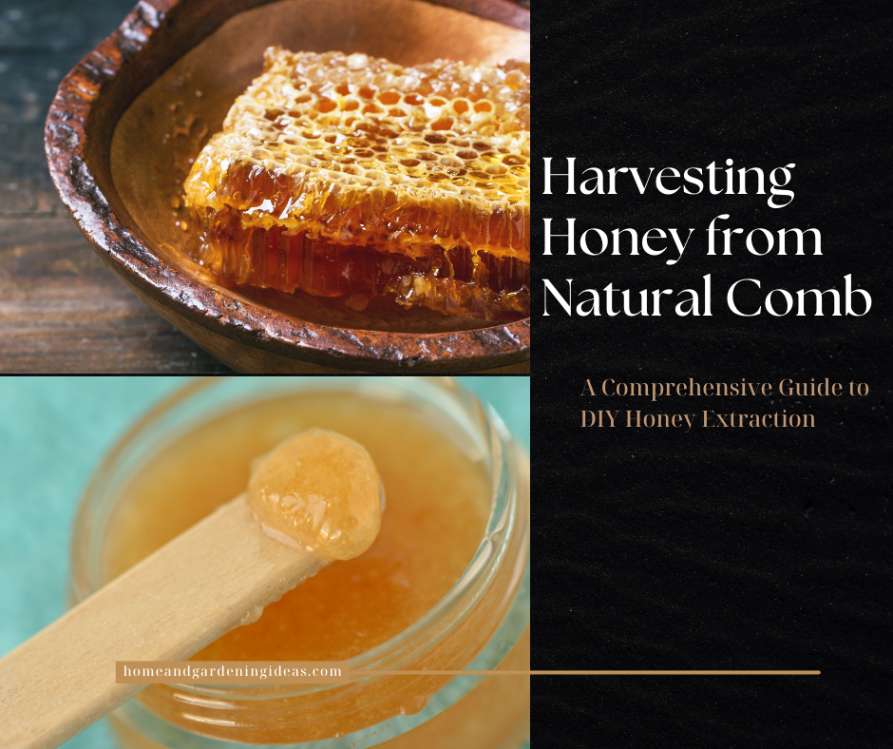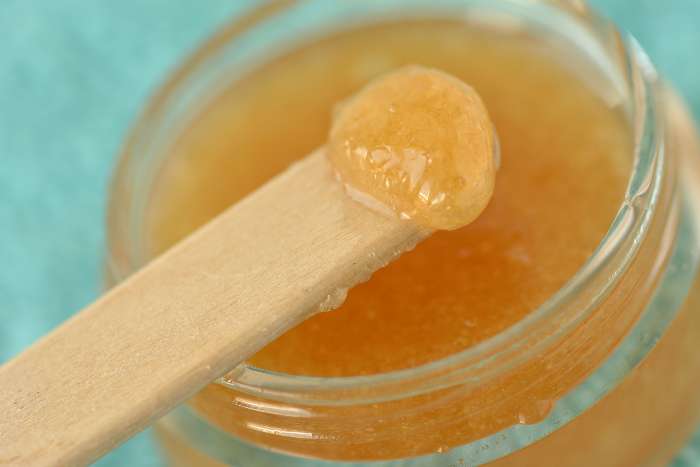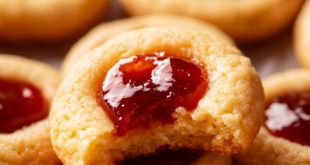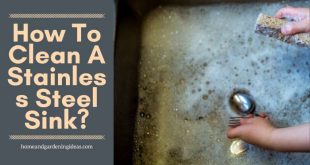Harvesting Honey from Natural Comb: A Comprehensive Guide to DIY Honey Extraction
Honey is a delicious and nutritious sweetener that has been enjoyed by humans for thousands of years. While most of the honey available today is harvested from artificial honeycomb structures, there is something special about harvesting honey from natural comb. Natural comb is the waxy structure that bees build in their hives to store honey and raise their young. Harvesting honey from natural comb requires some specialized tools and techniques, but the end result is a rich and flavorful honey that is truly unique.
In this article, we will provide an in-depth guide on how to harvest honey from natural comb. We will cover the necessary equipment, the steps involved in the process, and some tips and tricks to ensure that your honey harvest is a success.
Equipment Needed:
- Beekeeper Suit: A beekeeper suit is a protective suit that covers your entire body and helps to prevent bee stings. It is an essential piece of equipment when working with bees.
- Smoker: A smoker is a device that produces smoke and is used to calm bees. Smoke interferes with the bees’ ability to communicate with each other, which makes them less likely to sting.
- Bee Brush: A bee brush is a soft-bristled brush that is used to gently sweep bees off of frames and other surfaces.
- Honey Extractor: A honey extractor is a machine that uses centrifugal force to extract honey from the comb. You can buy or rent one from a beekeeping supply store.
- Uncapping Knife: An uncapping knife is a special knife used to remove the wax cappings from the honeycomb.
- Honey Strainer: A honey strainer is a mesh sieve that is used to filter out any impurities from the honey.
- Jars and Labels: You will need jars to store the honey in, and labels to mark the jars with the date and type of honey.
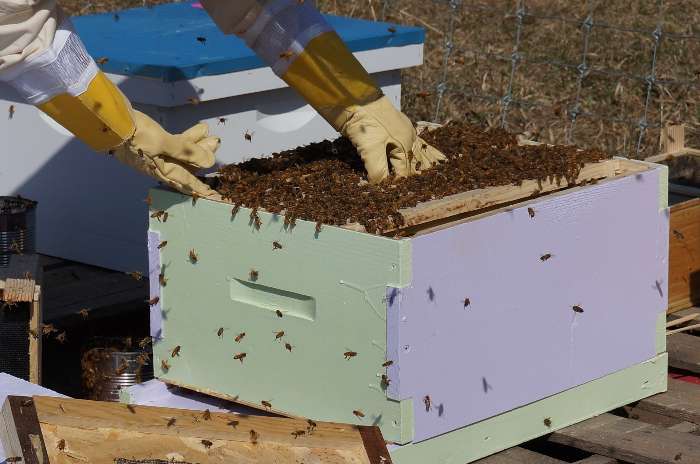
Steps to Harvesting Honey from Natural Comb:
Step 1: Prepare your equipment and set up your workspace. Make sure that you have all of the necessary equipment and that your workspace is clean and organized.
Step 2: Put on your beekeeper suit and light your smoker. Smoke the hive to calm the bees.
Step 3: Remove the honey supers from the hive. Honey supers are boxes that are placed on top of the brood boxes to provide additional space for the bees to store honey. They can be identified by their frames, which are usually lighter in color than the frames in the brood boxes.
Step 4: Brush off any bees that are clinging to the frames. Be gentle and try not to harm the bees.
Step 5: Use an uncapping knife to remove the wax cappings from the honeycomb. Start at one end of the frame and work your way across, using a slicing motion to remove the wax. You want to remove as little wax as possible, so be careful not to cut too deep.
Step 6: Place the uncapped frames into the honey extractor. Make sure that the frames are secure and that the extractor is properly balanced.
Step 7: Turn on the honey extractor and let it run for a few minutes. The centrifugal force will extract the honey from the comb and it will collect in the bottom of the extractor.
Step 8: Remove the frames from the extractor and flip them over. Repeat steps 5-7 to extract the honey from the other side of the comb.
Step 9: Pour the extracted honey through a honey strainer to remove any impurities. You may need to do this several times to ensure that the honey is completely filtered.
Step 10: Bottle the honey and label the jars with the date and type of honey.
Tips and Tricks:
- Harvest honey on a warm, sunny day when the bees are most active.
- Make sure that the honey supers are at least 80% full before harvesting. Bees need honey to survive the winter, so be careful not to take too much.
- Use a bee brush to gently sweep bees off of frames and other surfaces. Try not to crush or harm any bees.
- Keep your honey extractor balanced to prevent it from tipping over.
- Place a bucket under the honey extractor to catch any honey that may leak out.
- Use a sharp uncapping knife to make clean cuts and avoid damaging the comb.
- Store your honey in a cool, dry place to prevent it from crystallizing or fermenting.
In conclusion,
harvesting honey from natural comb requires some specialized tools and techniques, but the end result is a rich and flavorful honey that is truly unique. With the right equipment and some practice, you can successfully harvest honey from your own bee hive. Remember to be gentle with the bees and to leave them enough honey to survive the winter. Enjoy the fruits of your labor and savor the delicious taste of natural honey!
 Home and Gardening Ideas At home and Gardening ideas we believe inspiring readers about homesteading, self sufficiency
Home and Gardening Ideas At home and Gardening ideas we believe inspiring readers about homesteading, self sufficiency
